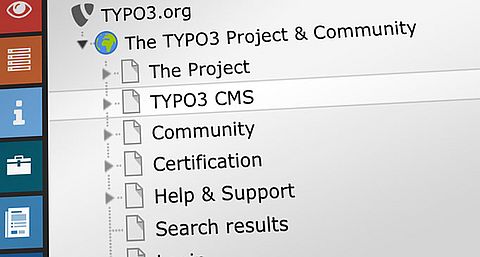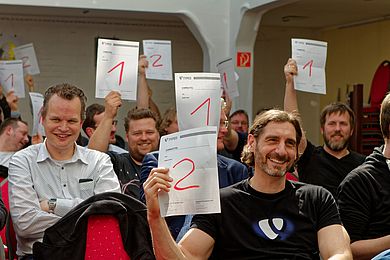Introduced in version 9.2
If the improvements and new features described above are not exciting and technical enough, you are probably a hard-core PHP developer!
TYPO3’s reputation of being a dinosaur on the CMS market does not mean, the code base can not feature contemporary technologies and adopt modern software paradigms. Earlier this year, the PSR-15 middleware specification was officially released. The PSR-15 standard is defined as follows:
“[PSR-15] describes common interfaces for HTTP server request handlers (request handlers) and HTTP server middleware components (middleware) that use HTTP messages [...]. HTTP request handlers are a fundamental part of any web application. Server side code receives a request message, processes it, and produces a response message. HTTP middleware is a way to move common request and response processing away from the application layer.”
TYPO3 aims to support PSR-15 middlewares out-of-the box. This approach will improve interoperability with independent libraries and all requests in the TYPO3 core will return a PSR-7 response. As one of the first enterprise content management systems on the market, TYPO3 version 9.2 introduces PSR-15 middlewares in the frontend, as well as in the backend.
TYPO3 v9 LTS (scheduled release date in November 2018) aims to avoid constants and global variables if possible. Therefore, a new class “Environment” was developed, which acts as a central place for storing properties commonly used throughout the core. This class also contains methods that are relevant for all kind of PHP, CLI and web requests.
Documentation




